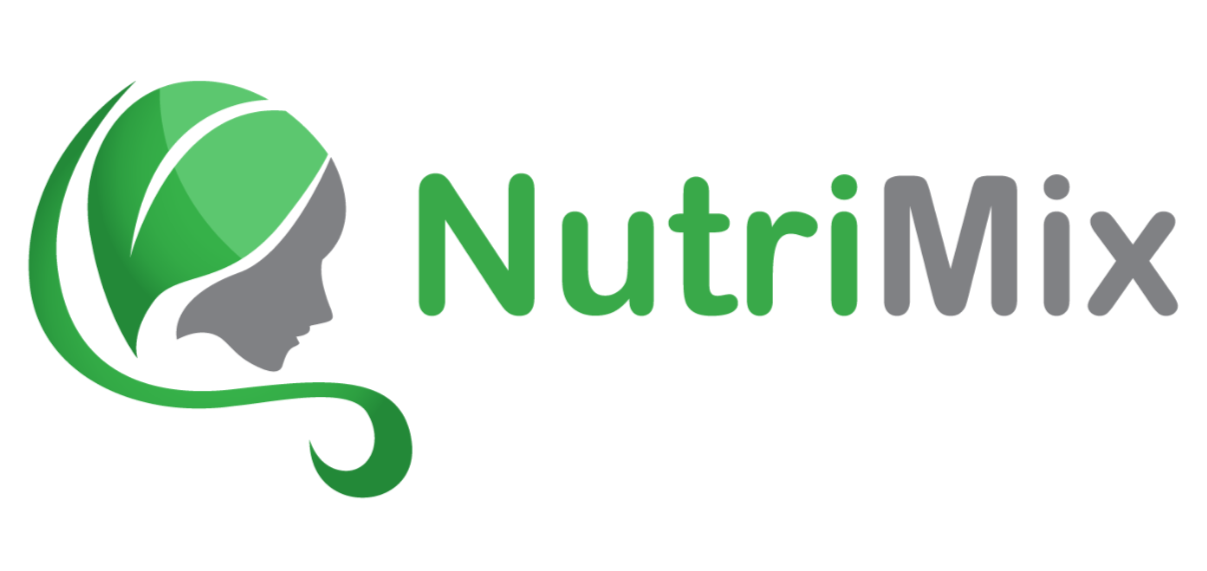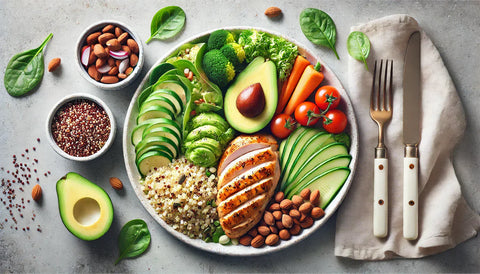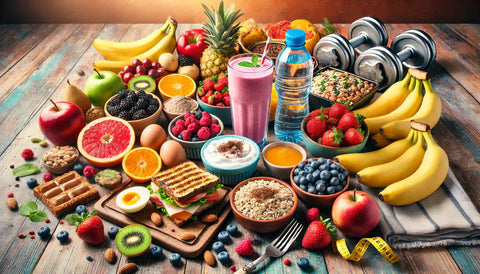Are you exhausted by calorie‑tracking apps, frustrated by food journals, or simply tired of obsessing over numbers? You’re not alone—and there’s a simpler, more sustainable path to nourishing your body. By focusing on macronutrient balance, portion awareness, and mindful eating, you can build a diet that fuels energy, supports muscle, and enhances wellbeing—without ever logging a single calorie.
Why Macronutrients Matter More Than Calories
While calories measure the energy in food, macronutrients determine how that energy is used:
| Macro | Primary Role | Daily Target | Whole‑Food Sources |
|---|---|---|---|
| Protein | Muscle repair & growth; satiety | 20–30g per meal | Lean meat, eggs, dairy, legumes, Plant Protein |
| Carbohydrates | Brain & workout fuel; gut health | Fill ¼ plate + fiber | Sweet potatoes, oats, quinoa, fruit |
| Fat | Hormone production; nutrient absorption | Thumb‑sized serving | Avocado, nuts, seeds, olive oil |
Science Snapshot: Research shows diets prioritizing protein and fiber-rich carbs enhance fullness and improve body composition—often without strict calorie restriction.
The Plate Method: Your No‑Track Blueprint
Use this simple visual guide at every meal:
| Plate Section | Portion | Benefits | Example Plate |
|---|---|---|---|
| ½ Veggies & Fruit | Half plate | High fiber + micronutrients | Spinach salad with berries |
| ¼ Protein | Palm-sized | Keeps you full + builds muscle | Grilled chicken breast |
| ¼ Complex Carbs + Healthy Fat | Quarter plate + thumb | Sustained energy + satiety | Brown rice + avocado drizzle |
Seven Practical Strategies
-
Prioritize Protein First
- Target 20–30g per meal.
- Sneak Protein powder into smoothies, oats, and baked goods.
-
Choose Fiber‑Rich Carbs
- Swap white rice for quinoa or cauliflower rice.
- Add veggies to every dish—even breakfast.
-
Include Healthy Fats Strategically
- Aim for a thumb‑size of fat per meal (≈1 tbsp oil, ¼ avocado).
- Opt for whole sources (nuts, seeds) over processed oils.
-
Meal Prep with Macro Balance in Mind
- Batch cook lean protein, roast veggies, and portion grains.
- Assemble balanced bowls for grab‑and‑go nutrition.
-
Hydrate First
- Drink a glass of water before meals to gauge real hunger.
-
Practice Mindful Eating
- Chew slowly, eliminate distractions, and pause at 50% and 75% eaten to assess fullness.
-
Use Simple Swaps
- Greek yogurt for sour cream; zucchini noodles for pasta; cauliflower mash for potatoes.
Frequently Asked Questions
Do I need a scale?
No. Use your hand as a guide: palm for protein, fist for carbs, thumb for fats.
What about treats?
Enjoy them! Include small portions of favorite foods alongside balanced meals. Consistency beats perfection.
How do I know if it’s working?
Monitor energy levels, hunger patterns, and strength gains. Adjust portion sizes intuitively based on how you feel.
Sample Day of Balanced Eating
| Time | Meal | Macros Focus |
|---|---|---|
| 7:30am | Veggie omelet + whole-grain toast + mixed berries | Protein + fiber |
| 10:00am | Vanilla Protein Smoothie + handful almonds | Protein + healthy fat |
| 12:30pm | Grilled salmon salad (mixed greens, quinoa, olive oil) | Balanced plate |
| 3:00pm | Greek yogurt + apple slices + cinnamon | Protein + carbs |
| 6:30pm | Turkey chili (beans, veggies) + steamed broccoli | Fiber + protein |
| 8:30pm | Dark chocolate square + herbal tea | Treat in moderation |
The Takeaway
Balancing macros without counting calories empowers you to:
- Eat intuitively and reduce food stress
- Fuel performance, recovery, and longevity
- Build sustainable habits you’ll enjoy for life
Ready to Simplify Your Nutrition?
👉 Download our FREE Plate Method Cheat Sheet —complete with portion visuals, meal planner templates, and 10 easy recipes—so you can master macro balance starting today!



